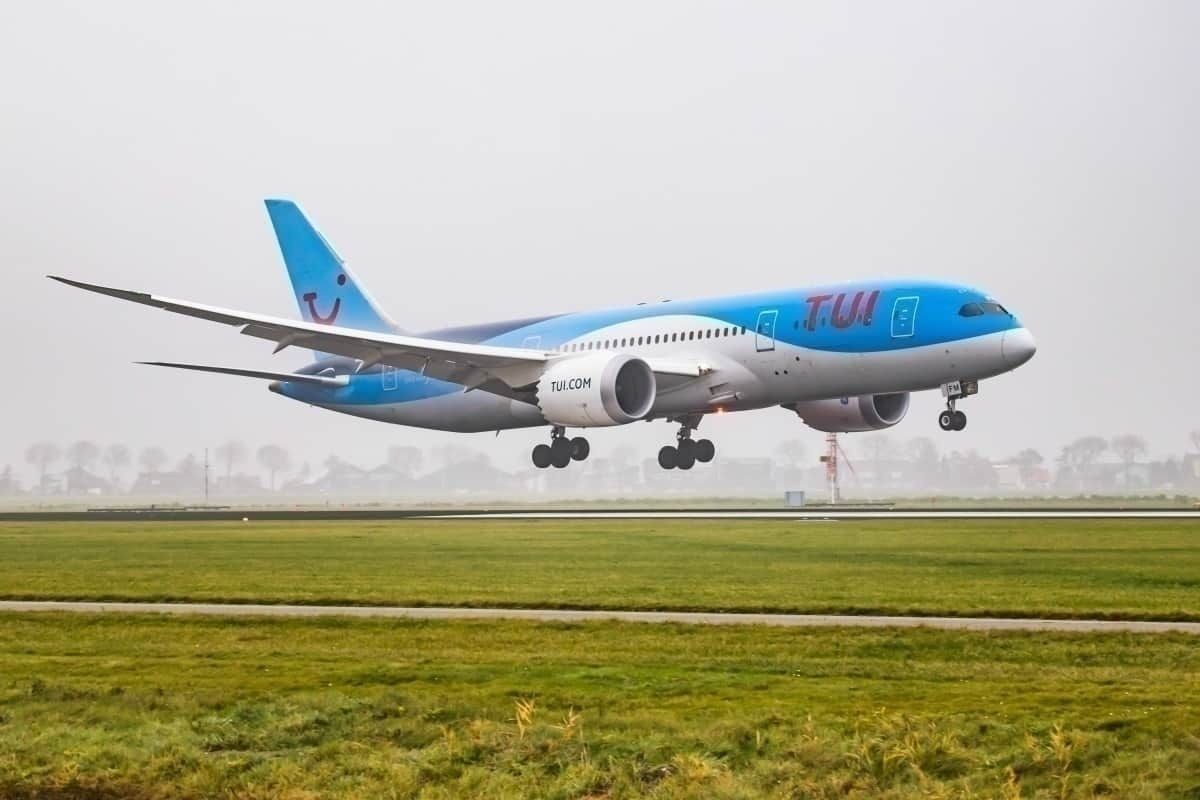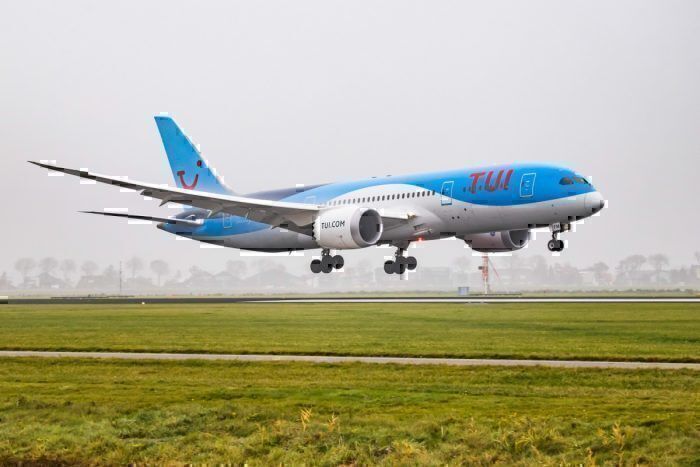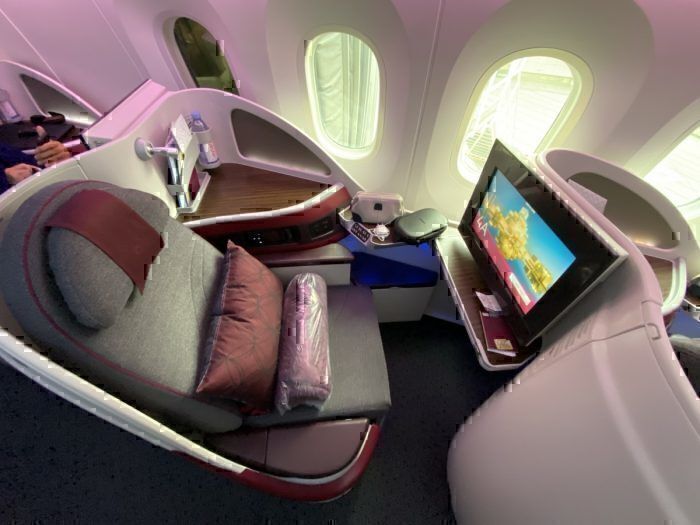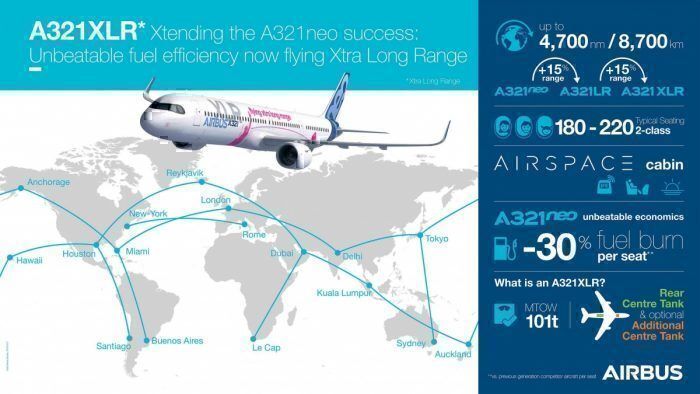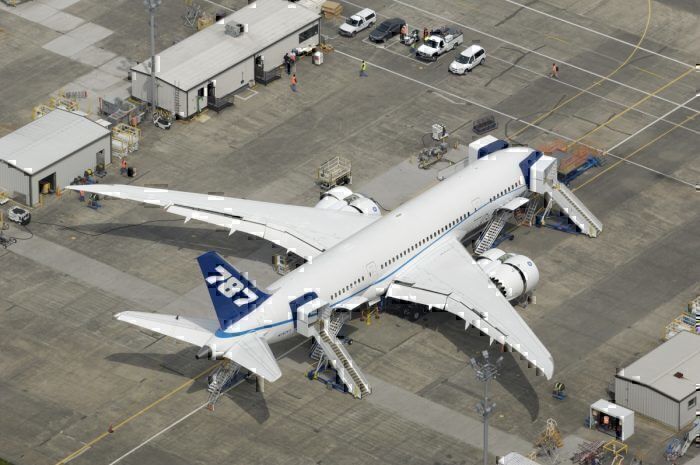Airlines looking to operate low-density medium-haul routes are spoiled for choice when it comes to choosing aircraft. On one hand, they can choose the narrowbody Airbus A321XLR, a new aircraft that offers a fantastic fuel economy, or the bigger widebody Boeing 787-8 which has more capacity. But which aircraft is best?
How will we compare the two aircraft?
Naturally, the two aircraft are completely at odds with each other. The Boeing 787-8 is a widebody aircraft designed for the long-haul in mind, whilst the narrowbody Airbus A321XLR originates from a short-haul aircraft design that can now do the distance.
We will make the assumption that we are a national carrier that is looking at medium-haul routes that are low density (such as Boston, USA to Manchester, England) and need an aircraft that's cheap to operate and makes us the most money. Flexibility for other routes will be considered.
Let's begin!
Passenger capacity
The passenger capacity of each is as follows:
- Airbus A321XLR can carry 180-220 passengers in a two-class configuration. This includes a business class that might be outfitted with lie-flat seats (a rare example of lie-flat business seats on a narrowbody). The maximum is up to 240 seats in a single class.
- The Boeing 787-8 is recommended to be outfitted with 242 seats in the same two-class configuration. But the aircraft could have a maximum of 359 onboard in an all-economy configuration.
Looking at the raw numbers we can see that the widebody design of the 787 easily allows a bigger capacity of seats onboard. The minimum outfit of a two-class layout on the 787 is bigger than the maximum all-economy layout on the A321XLR.
But in terms of the economics of passengers, the 787 offers more flexibility and more capacity than the A321XLR. Unless the route is particularly light (and even then the 787 could be configured with just 20 more seats), then the 787 is the better choice.
Lufthansa Group CEO Carsten Spohr seems to think so, saying that the A321XLR is a 'niche' aircraft and that it doesn't have a place in the Lufthansa fleet.
"It just doesn’t feel right to be on a narrowbody for 4.5 hours. The noise, vibrations, the toilets – it’s just not a widebody experience,” he said in a statement published by Runway Girl Network. "It might be a niche product, even for us, but it won’t be a game changer,”
Range
The two aircraft have the following range:
- Boeing 787-8 - This aircraft has a range of 7,355 nautical miles (13,620 km, 8,463 miles)
- Airbus A321XLR - This aircraft has a range of 4,700 nautical miles (8,700 km, 5,408 miles)
Again, the Boeing 787-8 leads in range. Despite extra fuel tanks and a more powerful engine thrust, the A321XLR doesn't stand up against the 787-8.
Fuel burn
But it is one thing to have a better range and carry more passengers, how do the two aircraft stand up to actual costs to operate?
Let us assume a passenger mix of 220-240 passengers to a range of 3,400 nautical miles (Source).
- Boeing 787-8 - Averages around 2.68 L/100 km (88 mpg‑US)
- Airbus A321LR (XLR's previous model) - Averages around 2.43 L/100 km (97 mpg‑US)
The A321XLR, based on the figures of the A321LR, will average a slightly better MPG than the Boeing 787-8. This is based on the distance of only 3,400 nautical miles, slightly more than Boston to Manchester, and thus the great fuel economy of the 787-8 at cruise doesn't come much into play.
Cost to buy
Now to bring it all together, which is more expensive?
- The Boeing 787-8 can be bought for around US$248.3 million (2019), but only costs Boeing around US$100 million to build.
- The A321XLR can be bought supposedly found around the same prices as the A321neo, at US$129.5 million (2018).
It would not be a stretch (pun intended) to assume that you could buy two A321XLRs for the price of one Boeing 787-8. Even if Boeing massively discounted the price of the 787-8 by 50% like they did to get Hawaiian Airlines to buy it, it is unlikely that they could beat off the price of the A321XLR.
At the end of the day, the 787-8 offers more flexibility for airlines, more comfortable for passengers and may drive more revenue with more seats, however, if the airline is buying the aircraft exclusively for a short-medium route, then the A321XLR is the way to go.
What do you think? Let us know in the comments.

